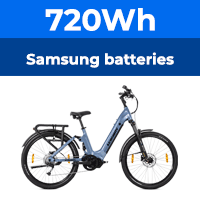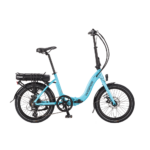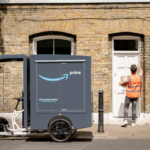I bought a hub-motor kit a few years ago as a entry to e-bike experience, which was OK but then it just died and I had no useful response from the place where I purchased it from. Now I use a pro connect disc and am generally very happy.
However, since I discovered this forum recently I wondered if I should try to resurrect the old hub-motor kit to sell and find out a bit more how these things actually work and how to determine what is wrong.
The kit itself has no obvious identifying information that I can find (was called pedal4me 285w by the vendor). It is a 24v 10 Ah motor. There was a key switch that I bypassed when the barrel mechanism became fouled and the key no longer worked.
My question is: where do I start in figuring out which component(s) don't work? The lights in the throttle don't come on and the motor doesn't spin. I have a digital multimeter but my electronics knowledge is very rudimentary. Any help or directions to useful resources would be greatly appreciated. I can post some pictures showing the wiring etc coming from the controller, if that would be useful?
However, since I discovered this forum recently I wondered if I should try to resurrect the old hub-motor kit to sell and find out a bit more how these things actually work and how to determine what is wrong.
The kit itself has no obvious identifying information that I can find (was called pedal4me 285w by the vendor). It is a 24v 10 Ah motor. There was a key switch that I bypassed when the barrel mechanism became fouled and the key no longer worked.
My question is: where do I start in figuring out which component(s) don't work? The lights in the throttle don't come on and the motor doesn't spin. I have a digital multimeter but my electronics knowledge is very rudimentary. Any help or directions to useful resources would be greatly appreciated. I can post some pictures showing the wiring etc coming from the controller, if that would be useful?











